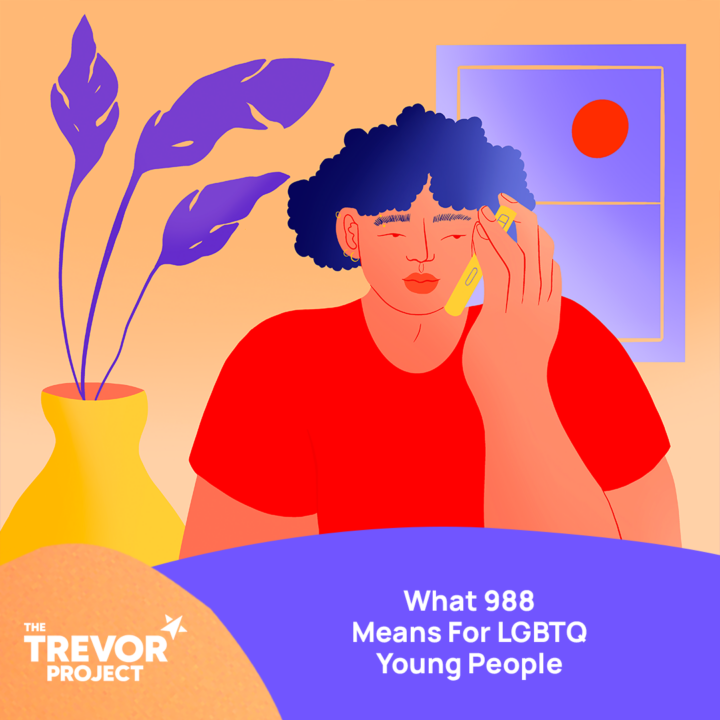Youth's Lives Every Day
Asexual Awareness Week or Ace Awareness Week is celebrated October 22-28, 2023 and is a time to support and better understand the experiences of asexual or ace individuals. It is crucial to recognize that asexuality has often been marginalized, overshadowed, or even erased from discussions about identity and sexuality. This week, we at Trevor aim to affirm the existence, validity, and diversity of asexual experiences.
Asexuality, as a sexual orientation, is characterized by a lack of sexual attraction to others. It’s essential to distinguish asexuality from aromanticism, a romantic orientation that refers to individuals who do not experience romantic attraction. Asexuality is an umbrella term that covers a wide variety of ways to express one’s asexuality. Asexual individuals, also known as “Ace” or “Aces,” may have little interest in engaging in sexual activities, even though they may desire emotionally intimate relationships.
Asexuality is not synonymous with sexual repression, aversion, or dysfunction. Aces, regardless of their gender, age, or background, seek friendship, understanding, and emotional connections. They may have spouses and children and are capable of experiencing deep emotional connections and love.
Understanding asexuality involves recognizing the nuances and variety within the asexual community. Here are some key terms to explore:
Demisexual: Demisexual individuals experience sexual attraction only after forming a strong emotional connection with another person. For them, emotional intimacy is the gateway to any sexual attraction.
Grey-A or Gray-Ace: Grey-A individuals fall somewhere between sexual and asexual. They might experience sexual desire infrequently or under specific conditions.
Queerplatonic: Queerplatonic relationships go beyond traditional friendships, marked by an intense emotional connection that transcends conventional definitions of friendship.
Aces often use prefixes such as hetero-, homo-, bi-, and pan- to describe their romantic attractions. For instance, a person who identifies as hetero-romantic may experience romantic attraction to individuals of a different sex or gender, even if they don’t experience sexual attraction.
It’s essential to recognize that asexuality exists on a spectrum, and individuals may experience different levels of sexual attraction. Asexuality should not be confused with celibacy or abstinence, which are personal choices to abstain from sexual activity.
We encourage everyone to take the time to learn more about asexuality and aromanticism. If you identify as asexual or aromantic, consider seeking out communities and resources like TrevorSpace, which can provide community and a safe space to explore your identity. Sharing your experiences is a powerful way to educate and raise awareness – let’s move forward to build a brighter future for all LGBTQ young people, regardless of their sexual orientation or romantic identity.


